Coal mining has always been a dangerous and demanding profession, requiring immense physical effort and often perilous conditions. The early to mid-20th century saw miners working long hours in poorly lit and confined spaces to extract one of the world’s most important resources. While modern mining has evolved with technological advancements, these vintage photographs give us an intimate look at the grueling lives of coal miners and the tremendous sacrifices they made for the economic development of their countries. From the daunting working conditions to the devastating mining disasters, this article delves into the harsh realities faced by coal miners, all captured through historical photographs that tell stories of survival, tragedy, and resilience.
The Hardships of Coal Mining
Coal mining in the early 1900s was marked by long shifts and hazardous working environments. Miners used rudimentary tools, including pickaxes and shovels, to dig deep into the earth, extracting coal by hand. The air was thick with coal dust, which miners inhaled with every breath, leading to respiratory illnesses such as black lung disease. In these vintage photographs, you can see miners, their faces blackened with soot and sweat, struggling under the weight of their tasks. The cramped spaces they worked in left little room to maneuver, and the lack of ventilation made the work even more grueling.
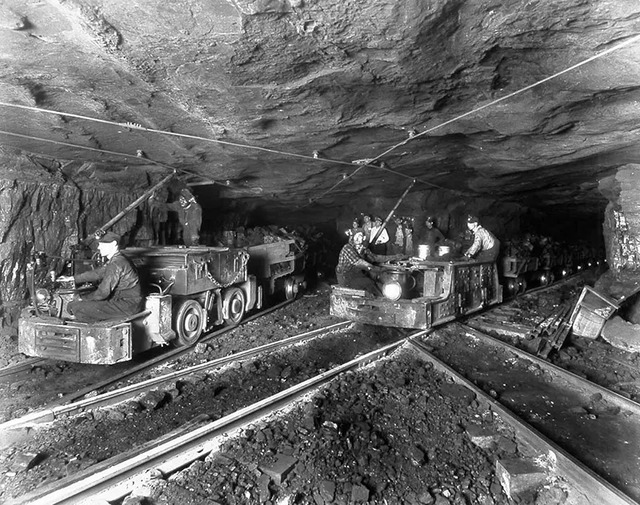
Yet, despite these challenges, coal miners formed close-knit communities. Working together was essential not only for physical survival but also for emotional support. The solidarity among miners helped them face the dangers of the job, whether it was navigating narrow tunnels or braving the occasional cave-in. These vintage photographs often capture moments of camaraderie, with miners sharing meals or supporting each other in the face of hardship.
Video
Watch this video to explore life inside an Ohio coal mine and the hope that drives the workers!
The Dangers and Disasters of Coal Mining
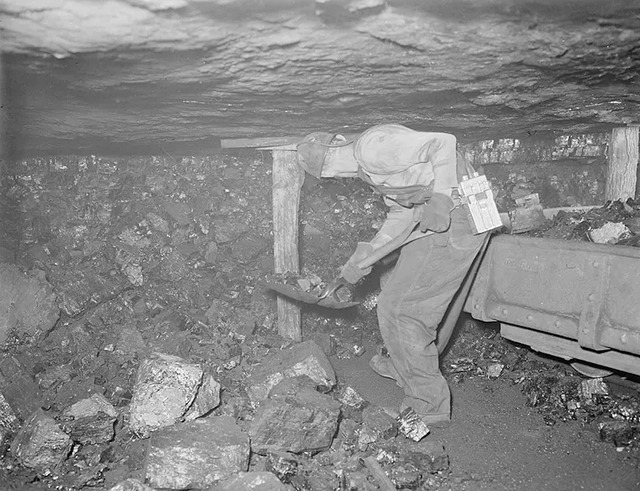
The history of coal mining is also marked by devastating disasters. As shown in historical photographs, accidents such as explosions, fires, and roof collapses were tragically common. The worst mining disaster in British history, the Senghenydd explosion of 1913, killed 436 men and boys, with only 72 bodies recovered. Similarly, the Courrières mine disaster in France in 1906 resulted in the deaths of 1,099 miners. These disasters were often caused by firedamp ignitions or coal dust explosions, and the lack of proper safety measures made rescue efforts difficult.
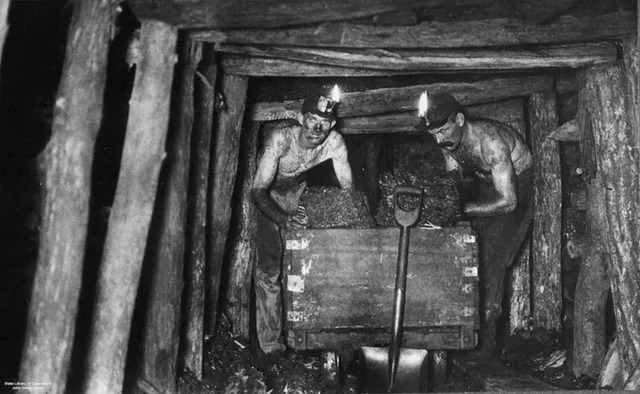
The vintage photos of these disasters depict the aftermath, with rescue workers struggling to retrieve survivors or recover the bodies of victims. The anguish and grief of the miners’ families are evident in these poignant images. These tragic events underscored the dangers miners faced on a daily basis, and many of them continued to work in these perilous conditions, often with little regard for their personal safety.
Child Labor and the Tough Reality of Young Miners
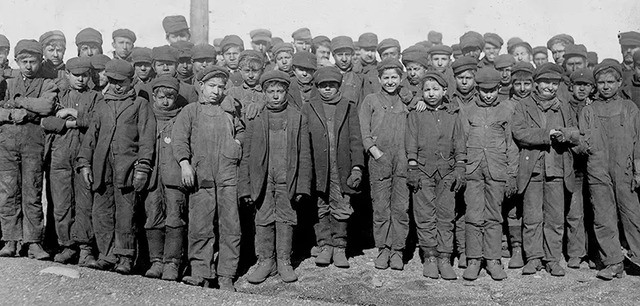
One of the most heartbreaking aspects of coal mining in the early 1900s was the prevalence of child labor. Many young boys, some as young as 10 or 12 years old, were employed in the mines. Known as “trapper boys,” these children were tasked with opening and closing the ventilation doors in the dark, narrow mine shafts. Despite their youth, they were expected to work long hours for meager wages, sometimes earning as little as $0.75 per day.
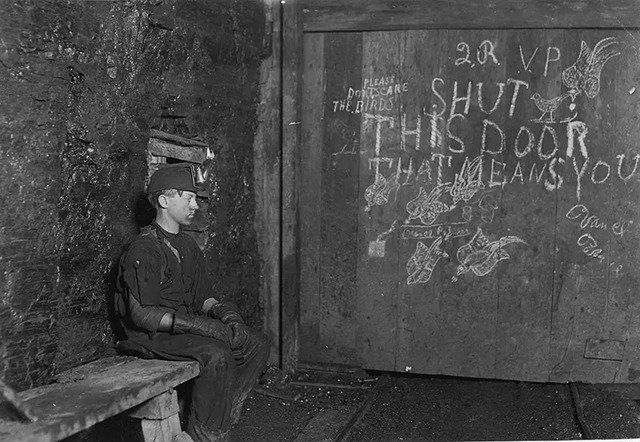
The photograph of a 15-year-old trapper boy named Vance, taken in West Virginia in the 1930s, captures the stark reality of child labor in the mines. His job was to sit by a door, waiting for the mine carts to arrive. Vance’s weary expression and the oppressive darkness of the mine convey the isolation and fatigue experienced by these young workers. These photographs serve as a poignant reminder of the exploitation of children during this era and the harsh realities of their lives.
The Impact of Mining on Communities and the Environment
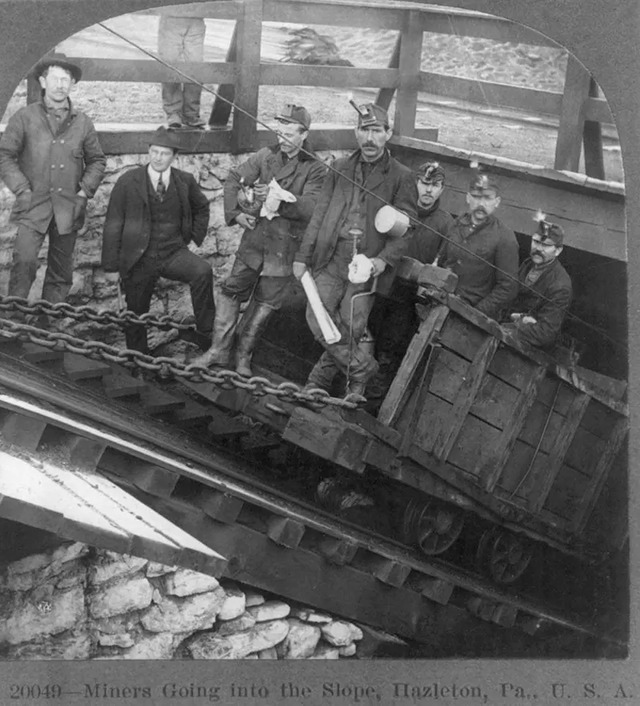
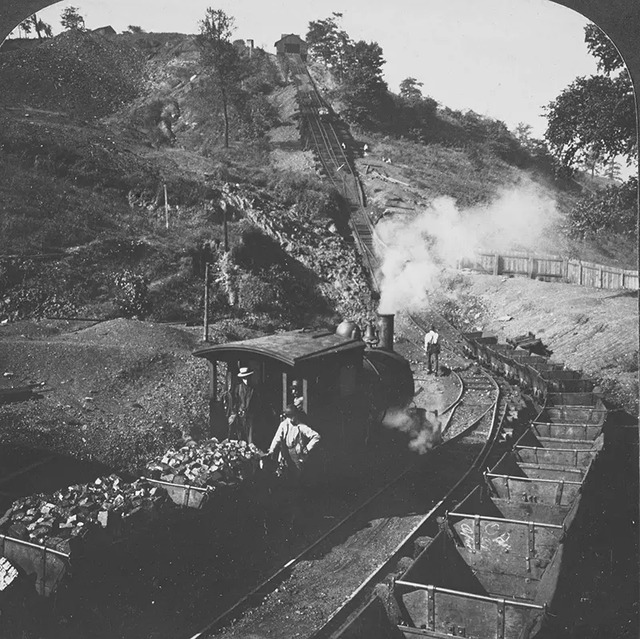
While coal mining was vital to industrial growth, it also had a significant impact on the surrounding communities and the environment. The pollution caused by coal dust and the environmental degradation from mining operations often led to poor health conditions for both the miners and the people living near the mines. In many areas, the mining communities had limited access to healthcare, and the dangers of mining led to high mortality rates.
Photographs from the era also depict the environmental toll of mining. Large coal mines scarred the landscape, and waste from mining operations polluted nearby rivers and streams. The sense of isolation and the harsh living conditions faced by these communities are captured in these vintage images, highlighting the sacrifices made by miners and their families for the sake of progress.
The Rise of Unionism and Worker Rights
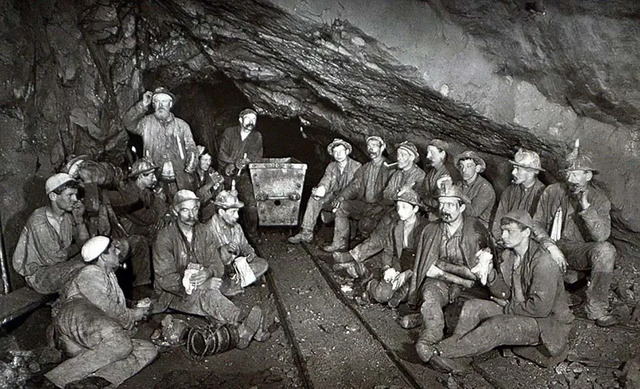
In the 20th century, miners began to organize in order to fight for better working conditions, fair wages, and safety regulations. The United Mine Workers of America (UMWA) became a powerful force in the coalfields during the 1930s and 1940s, securing important victories for workers. These photographs from the era show miners in their union uniforms, participating in strikes, and standing up for their rights. The rise of unionism was a turning point for coal miners, as it gave them a collective voice to challenge the exploitation they had long endured.
However, the fight for workers’ rights was not without its challenges. Many miners faced resistance from mining companies and government forces, who sought to maintain control over the industry. The images of striking miners and their families depict the hardship and determination that characterized this struggle for justice.
The Legacy of Coal Mining in the 21st Century
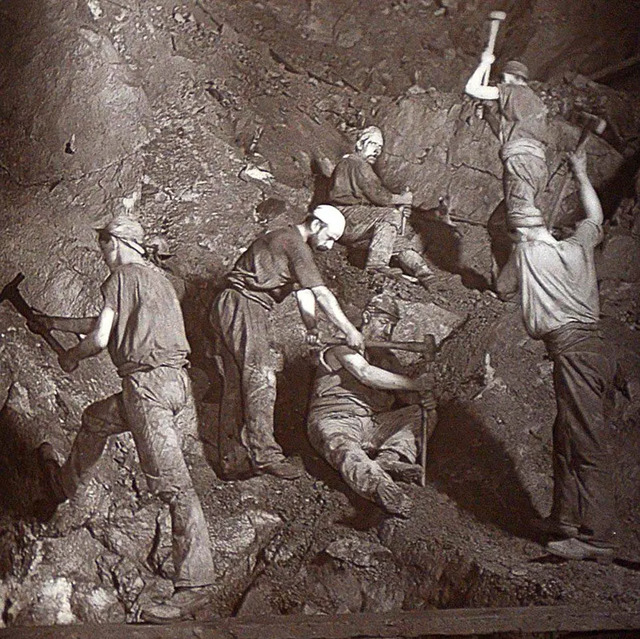
The legacy of coal mining is still felt today, particularly in the regions where mining was once the primary source of employment. While the industry has declined in recent decades, the images of coal miners and their communities continue to serve as a testament to the resilience and strength of the people who worked in this dangerous and demanding profession. The photographs remind us of the sacrifices made by previous generations to power the industrial revolution and the importance of remembering their contributions to history.
Gallery: Vintage Photos of Coal Miners at Work
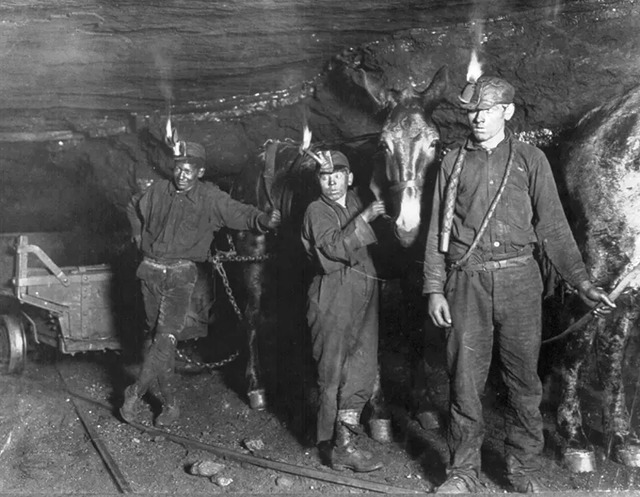
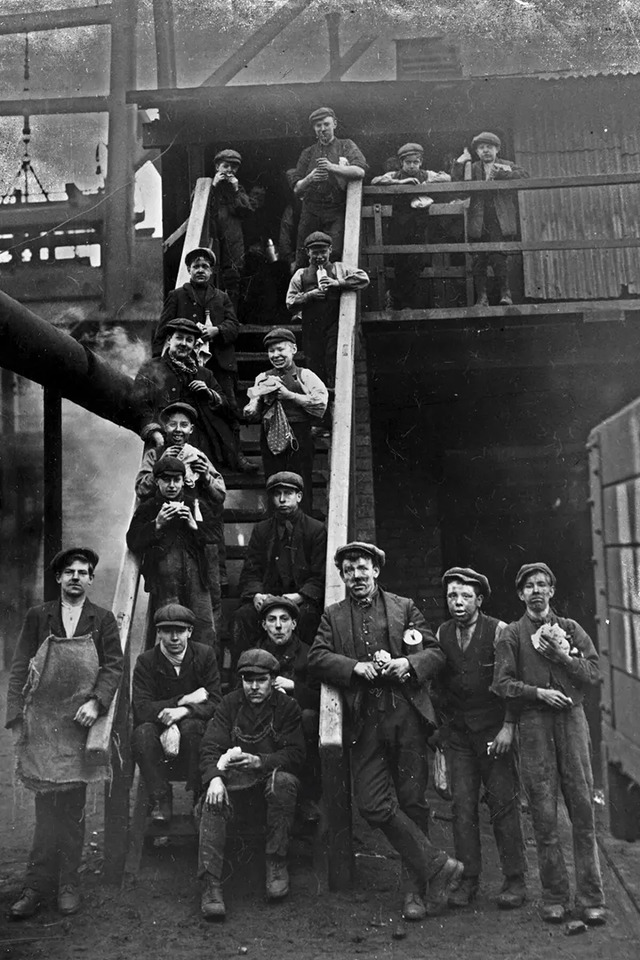
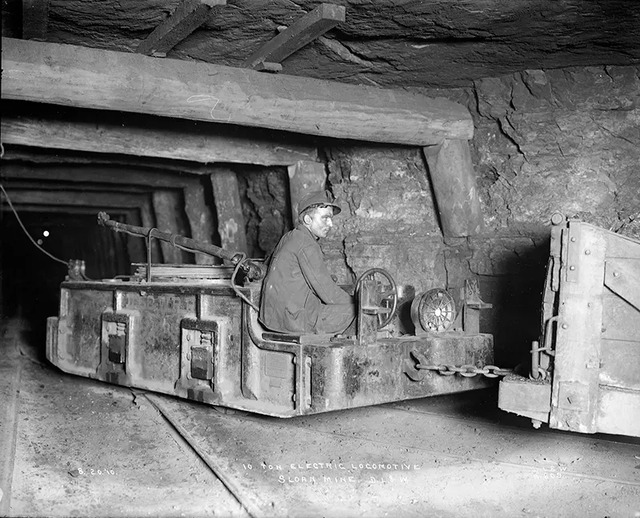
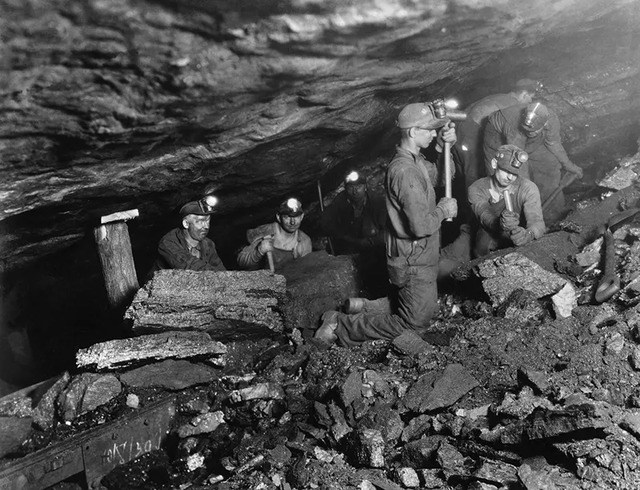
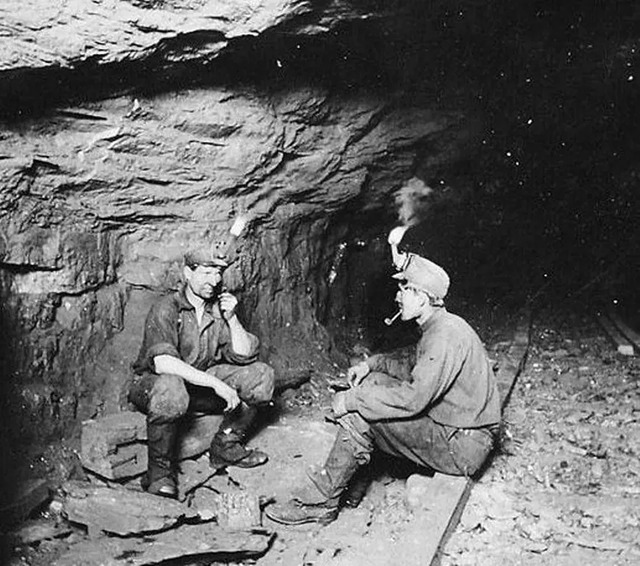
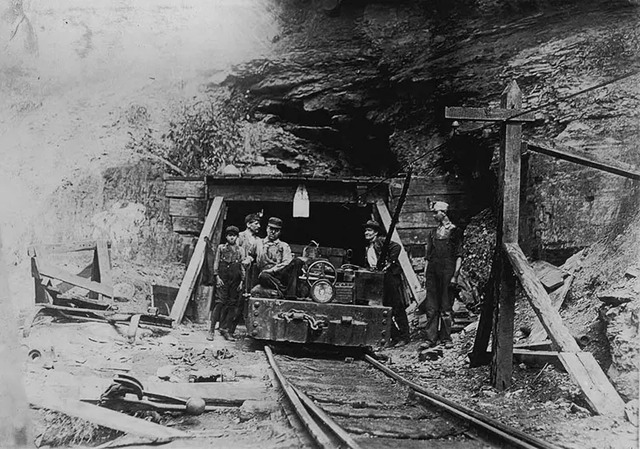
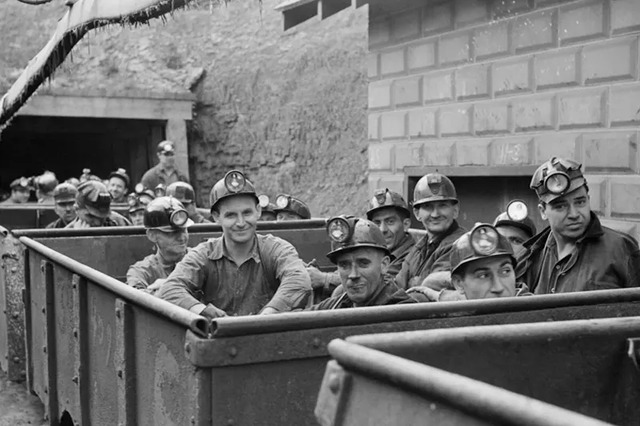
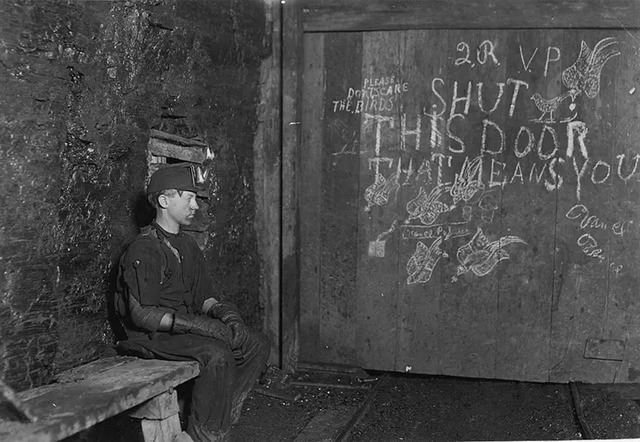
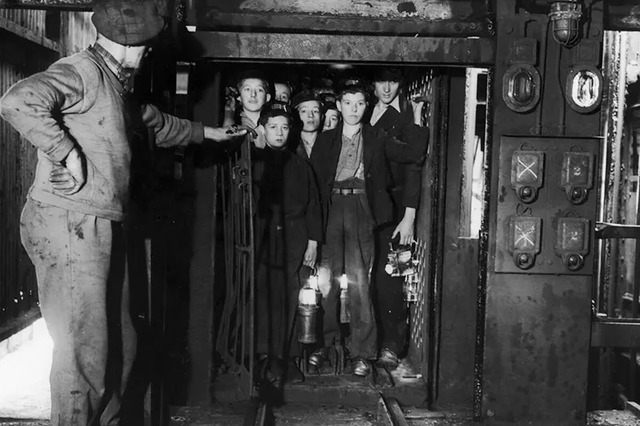
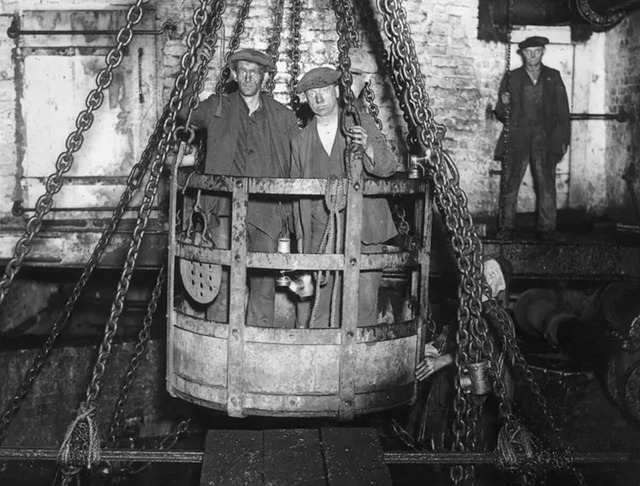
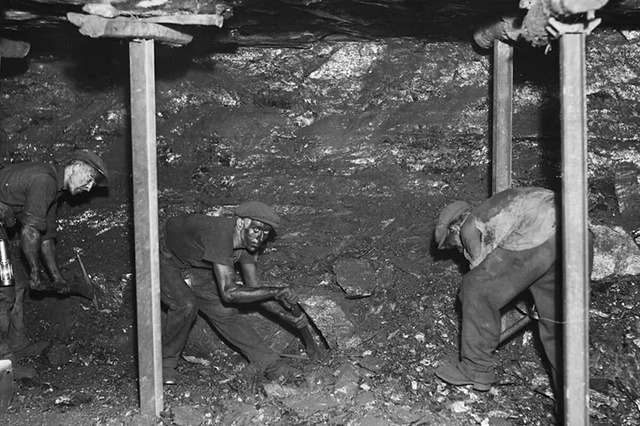
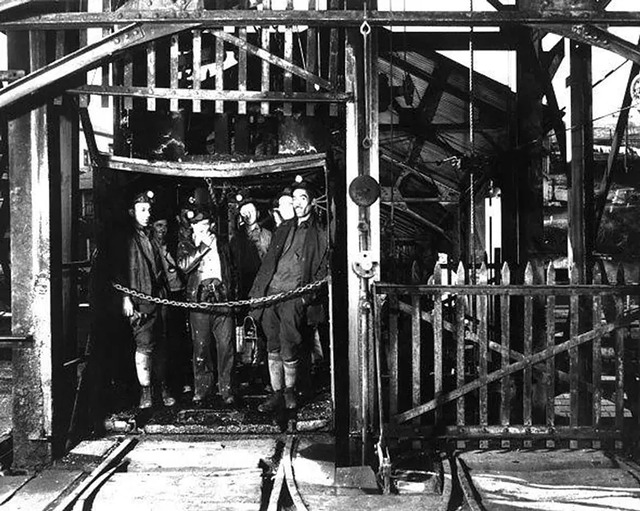
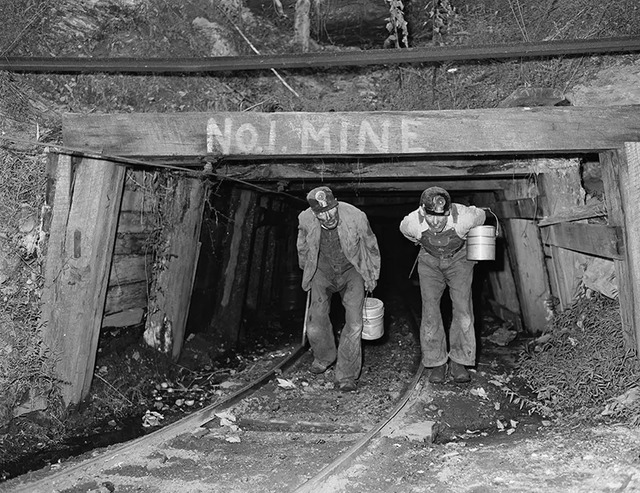

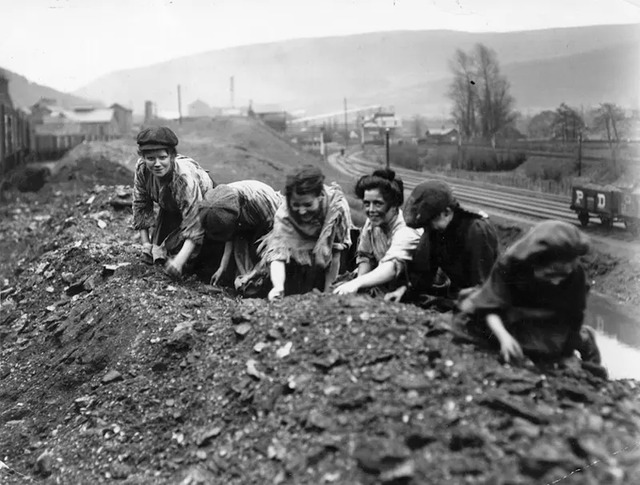
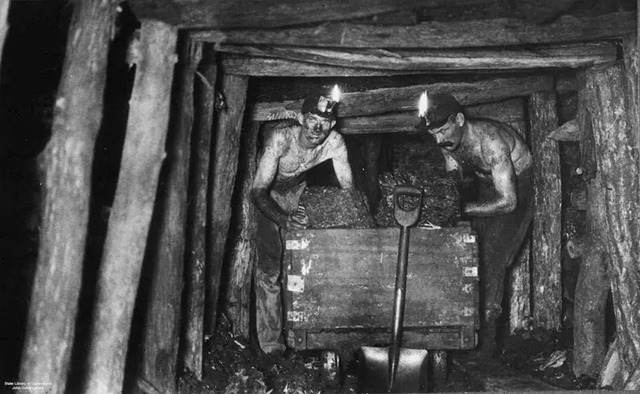
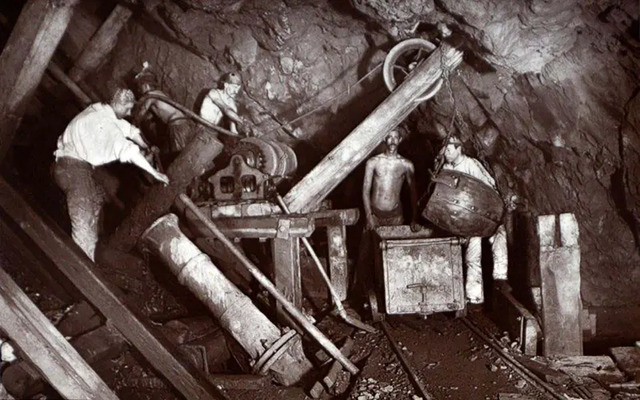
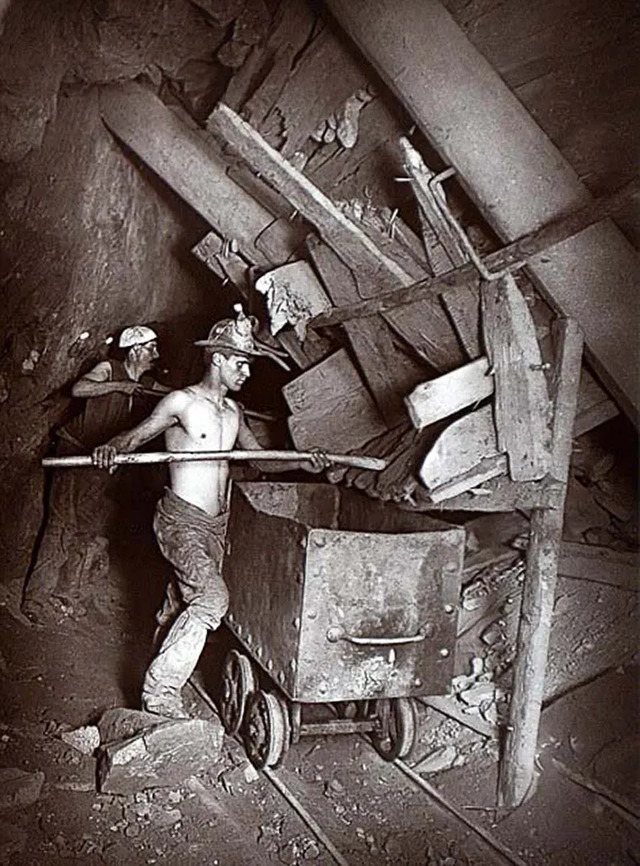
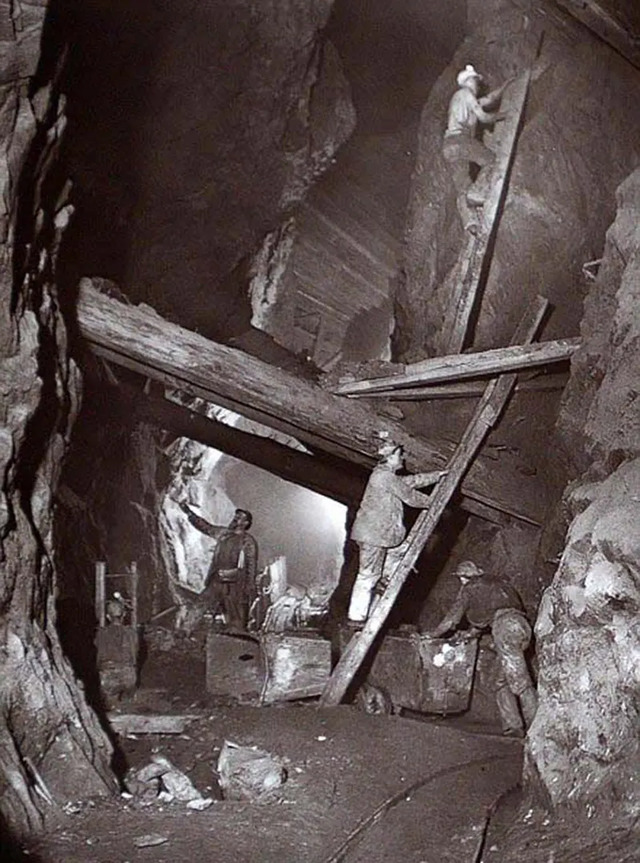
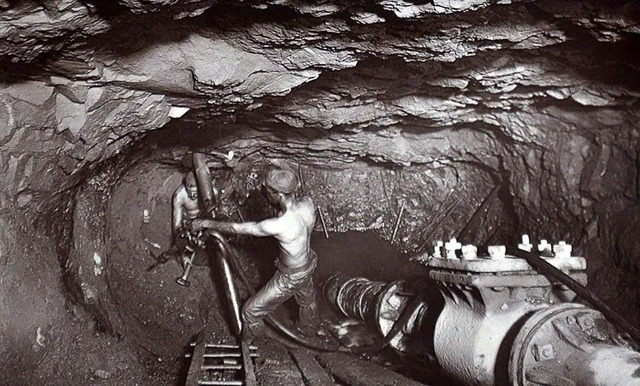
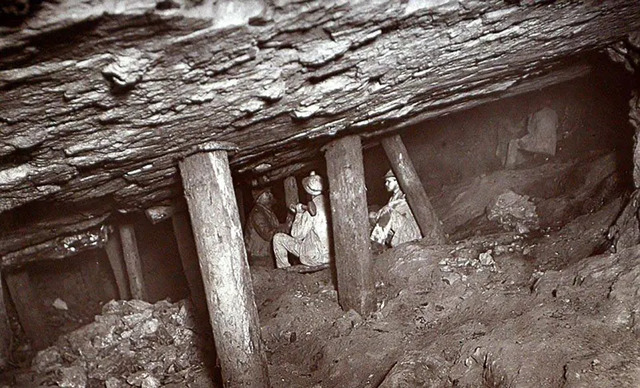
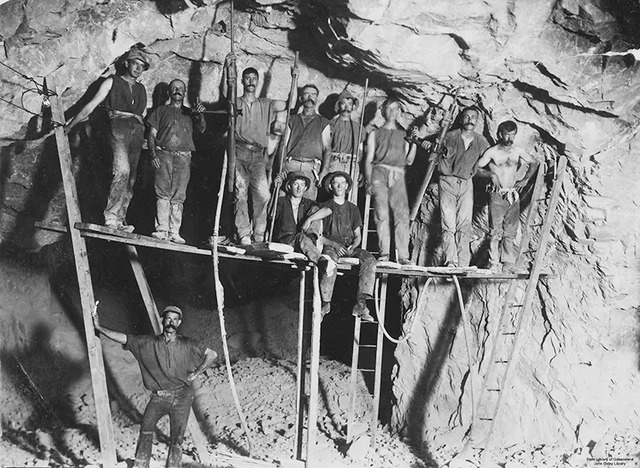
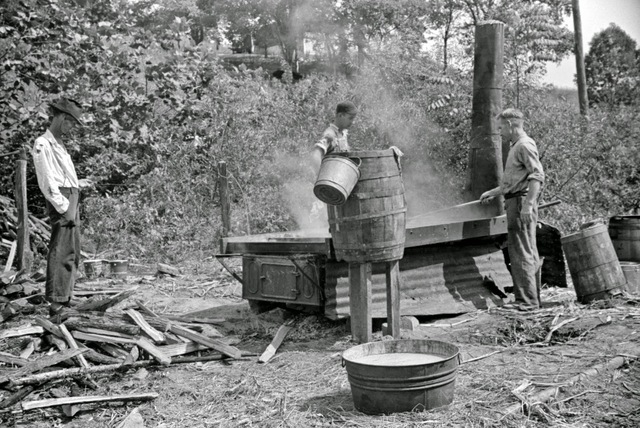
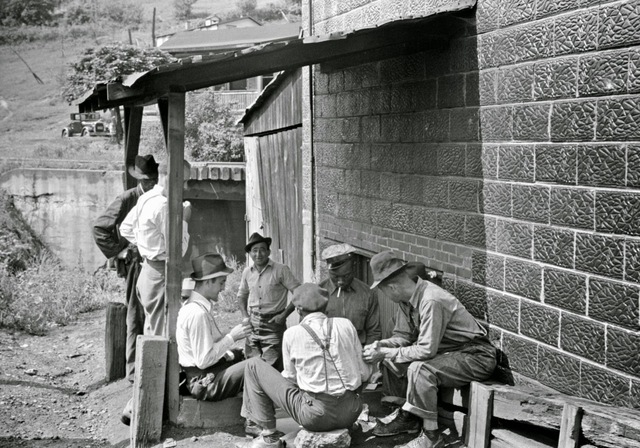
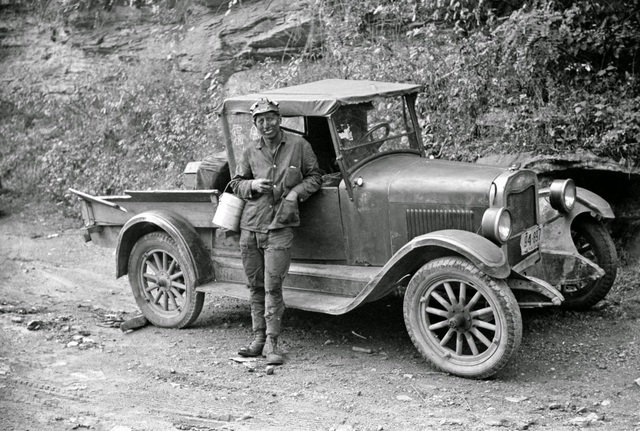
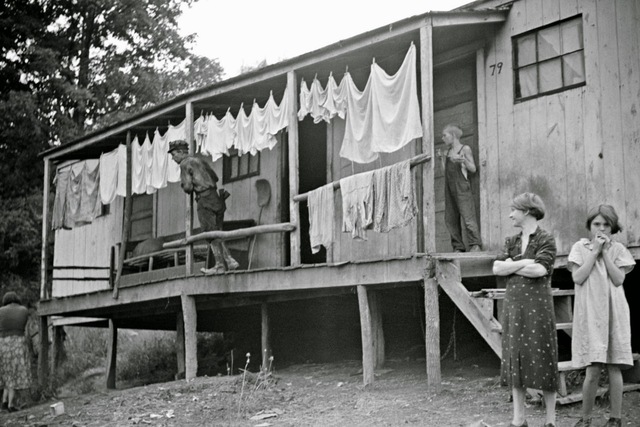
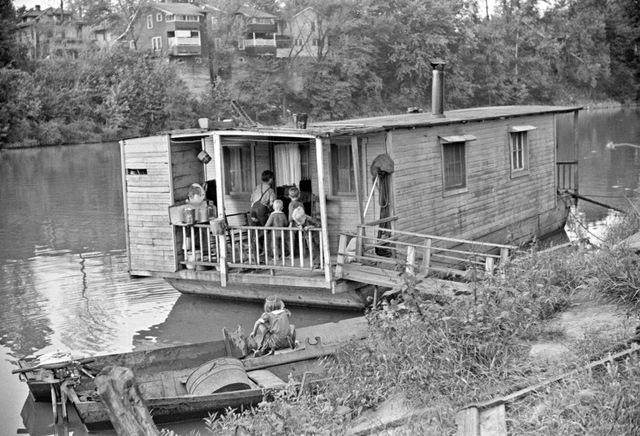
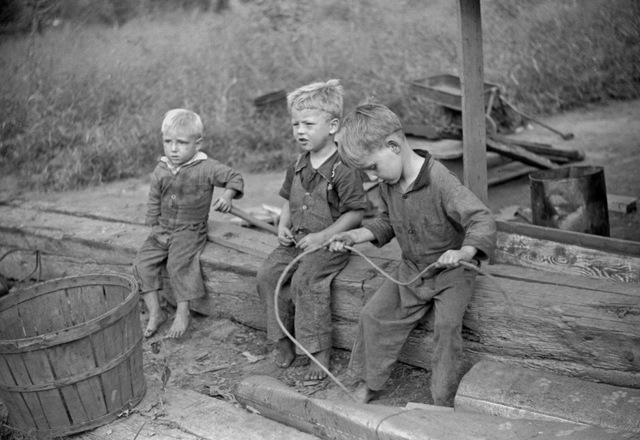
Video
Watch this video to hear an interview with a coal miner from McKenzie!
Conclusion
The vintage photographs of coal miners offer a window into a world that is largely forgotten today. They tell the stories of the men, women, and children who labored under difficult and often deadly conditions to extract coal from the earth. These images capture the physical toll of the work, the dangers miners faced, and the close bonds that were formed in the face of adversity. They also serve as a reminder of the environmental and social costs of industrial progress and the importance of workers’ rights in shaping modern labor practices.
By looking back at these photographs, we honor the legacy of coal miners and acknowledge the sacrifices they made for the advancement of society. These images are more than just historical artifacts; they are a testament to the human spirit and the enduring strength of those who worked in the coal mines of the past.



